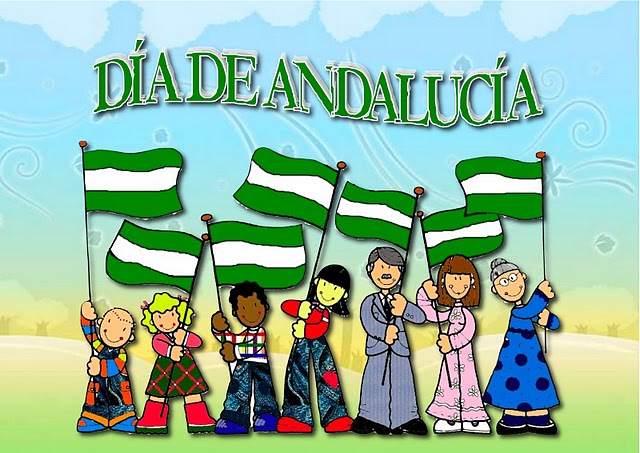Iron-deficiency
anemia is a common, easily treated condition that occurs if you don't have
enough iron in your body. Low iron levels usually are due to blood loss, poor
diet, or an inability to absorb enough iron from food.
Iron-deficiency
anemia is a common type of anemia. The term "anemia" usually refers
to a condition in which your blood has a lower than normal number of red blood
cells. Red blood cells carry oxygen and remove carbon dioxide (a waste product)
from your body.
Anemia also can occur
if your red blood cells don't contain enough hemoglobin. Hemoglobin is an
iron-rich protein that carries oxygen from the lungs to the rest of the body.
Iron-deficiency
anemia usually develops over time if your body doesn't have enough iron to
build healthy red blood cells. Without enough iron, your body starts using the
iron it has stored. Soon, the stored iron gets used up.
After the stored iron
is gone, your body makes fewer red blood cells. The red blood cells it does
make have less hemoglobin than normal.
Iron-deficiency
anemia can cause fatigue (tiredness), shortness of breath, chest pain, and
other symptoms. Severe iron-deficiency anemia can lead to heart problems,
infections, problems with growth and development in children, and other
complications. Infants and young children and women are the two groups at
highest risk for iron-deficiency anemia.
Doctors usually can
successfully treat iron-deficiency anemia. Treatment will depend on the cause
and severity of the condition. Treatments may include dietary changes,
medicines, and surgery. Severe iron-deficiency anemia may require treatment in
a hospital, blood transfusions, iron injections, or intravenous iron therapy.
Eating a
well-balanced diet that includes iron-rich foods may help you prevent
iron-deficiency anemia. The iron in food comes from two sources: animals and
plants. Iron from animal sources is known as heme iron and is found in various
meats and fish. Iron from plants is known as nonheme iron, and is found in certain
vegetables and in iron-fortified foods such as breakfast cereals. Heme iron is
better absorbed by the body than nonheme iron.
The following foods are good sources of heme
iron (from animal sources):
- Chicken liver
- Oysters
- Clams
- Beef liver
- Beef (chuck roast, lean ground beef)
- Turkey leg
- Tuna
- Eggs
- Shrimp
- Leg of lamb
The following foods are good sources of nonheme
iron (from plants):
- Raisin bran (enriched)
- Instant oatmeal
- Beans (kidney, lima, Navy)
- Tofu
- Lentils
- Molasses
- Spinach
- Whole wheat bread
- Peanut butter
- Brown rice
Try to combine nonheme iron foods with vitamin C
(for example, a glass of orange juice) to increase absorption of iron.
Some foods and medicines can make it harder for your body to absorb iron. These may include:
- tea and coffee
- calcium, found in dairy products such as milk
- antacids (medication to help relieve indigestion)
Dietitians can give you detailed,
personalized guidance about how you can change your diet.


